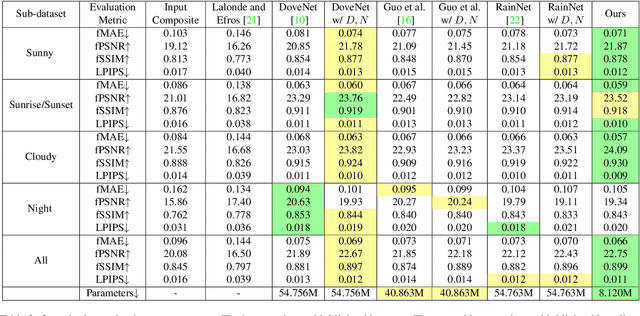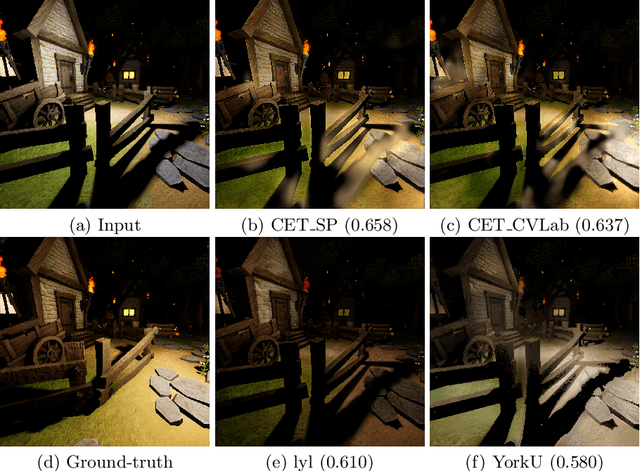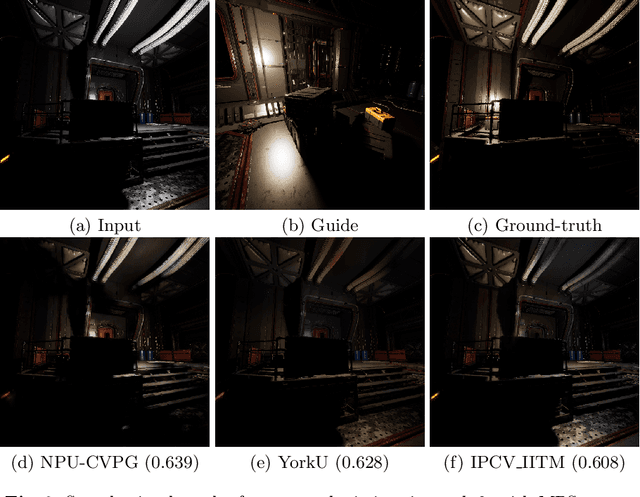Zhongyun Hu
NeurSF: Neural Shading Field for Image Harmonization
Dec 04, 2021



Abstract:Image harmonization aims at adjusting the appearance of the foreground to make it more compatible with the background. Due to a lack of understanding of the background illumination direction, existing works are incapable of generating a realistic foreground shading. In this paper, we decompose the image harmonization into two sub-problems: 1) illumination estimation of background images and 2) rendering of foreground objects. Before solving these two sub-problems, we first learn a direction-aware illumination descriptor via a neural rendering framework, of which the key is a Shading Module that decomposes the shading field into multiple shading components given depth information. Then we design a Background Illumination Estimation Module to extract the direction-aware illumination descriptor from the background. Finally, the illumination descriptor is used in conjunction with the neural rendering framework to generate the harmonized foreground image containing a novel harmonized shading. Moreover, we construct a photo-realistic synthetic image harmonization dataset that contains numerous shading variations by image-based lighting. Extensive experiments on this dataset demonstrate the effectiveness of the proposed method. Our dataset and code will be made publicly available.
AIM 2020: Scene Relighting and Illumination Estimation Challenge
Sep 27, 2020



Abstract:We review the AIM 2020 challenge on virtual image relighting and illumination estimation. This paper presents the novel VIDIT dataset used in the challenge and the different proposed solutions and final evaluation results over the 3 challenge tracks. The first track considered one-to-one relighting; the objective was to relight an input photo of a scene with a different color temperature and illuminant orientation (i.e., light source position). The goal of the second track was to estimate illumination settings, namely the color temperature and orientation, from a given image. Lastly, the third track dealt with any-to-any relighting, thus a generalization of the first track. The target color temperature and orientation, rather than being pre-determined, are instead given by a guide image. Participants were allowed to make use of their track 1 and 2 solutions for track 3. The tracks had 94, 52, and 56 registered participants, respectively, leading to 20 confirmed submissions in the final competition stage.
 Add to Chrome
Add to Chrome Add to Firefox
Add to Firefox Add to Edge
Add to Edge